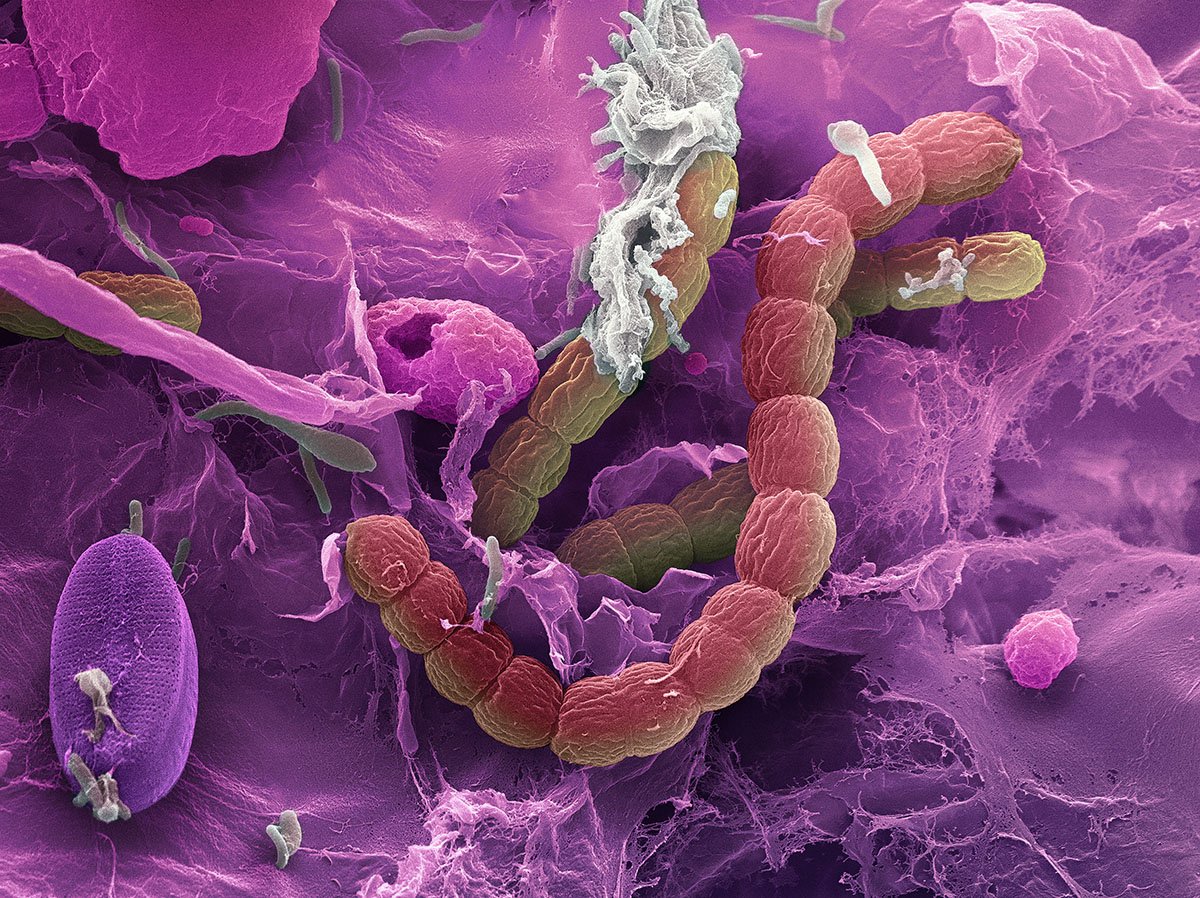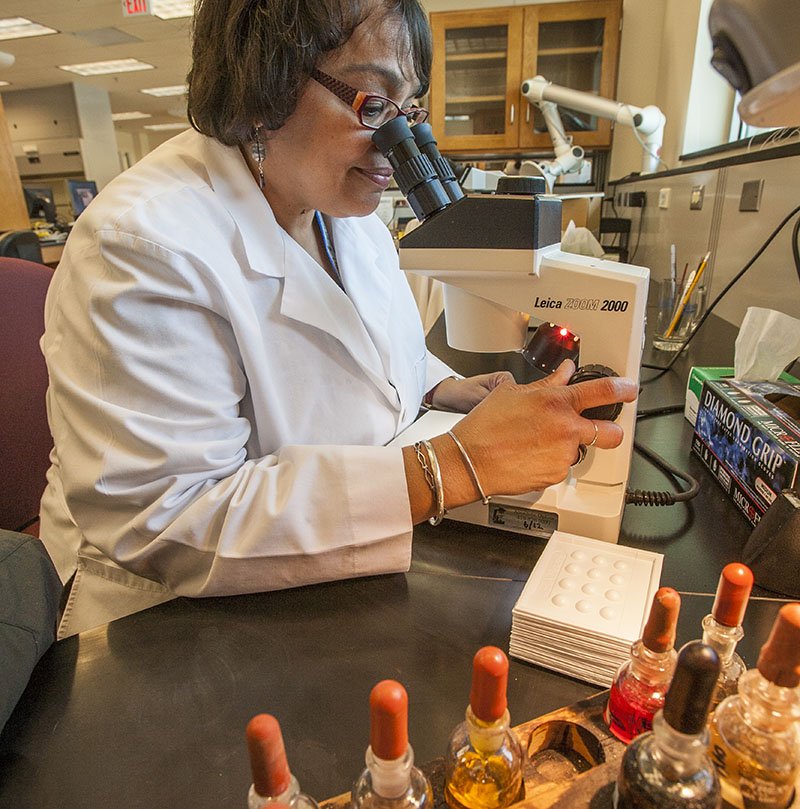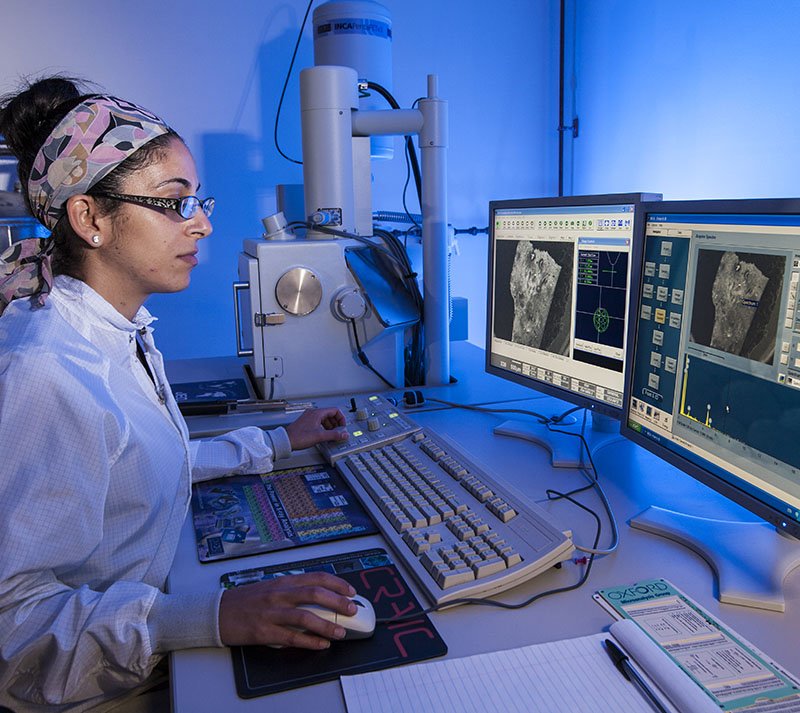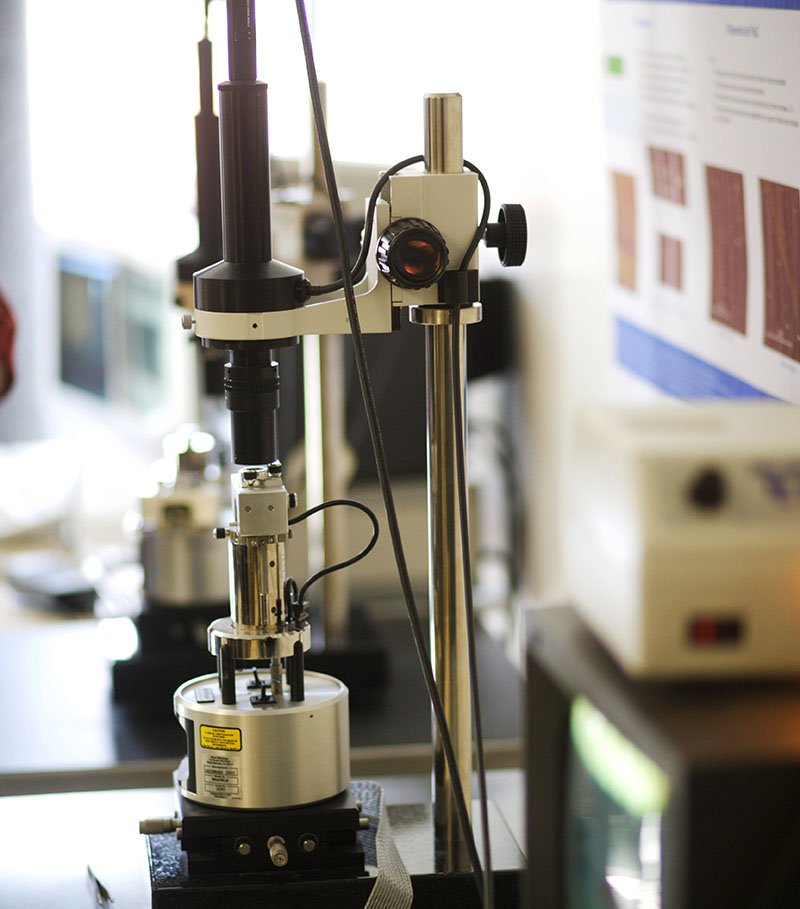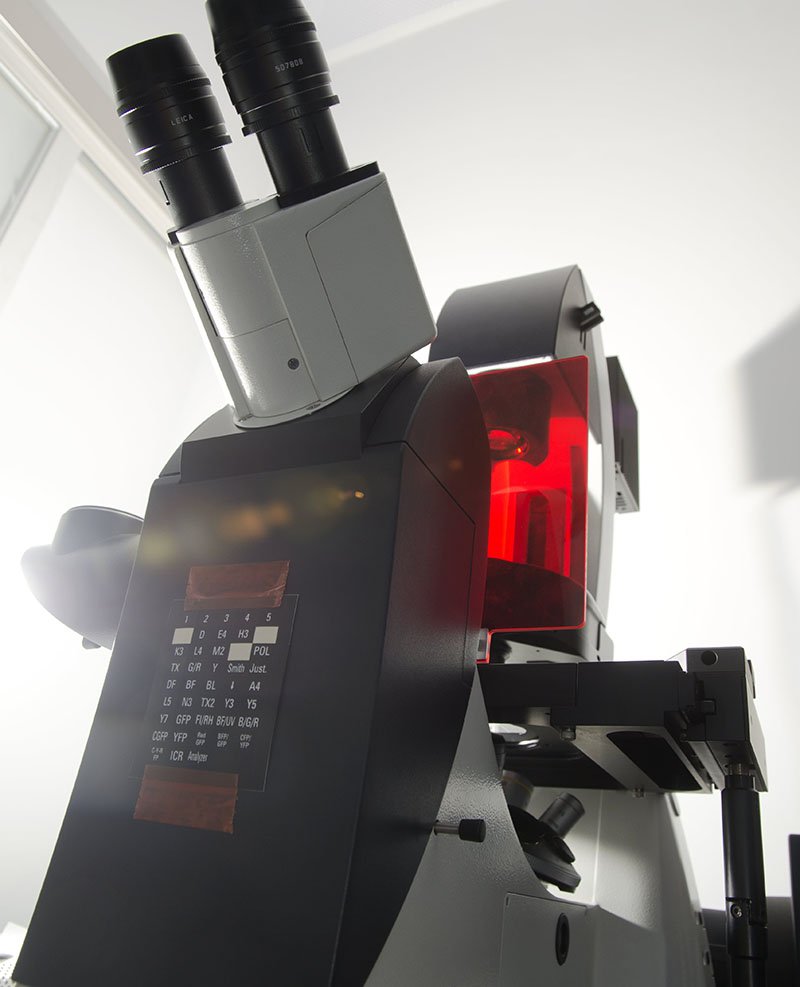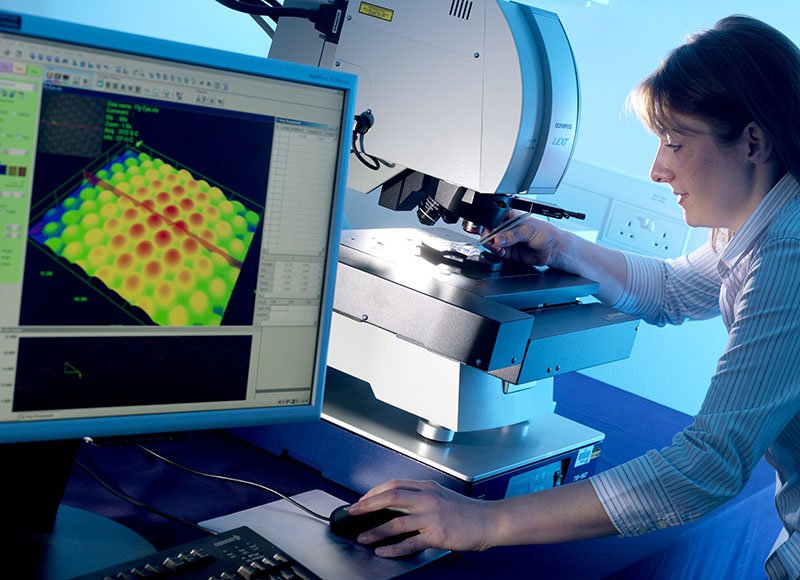Finding compelling visuals to enhance learning materials is crucial in the educational landscape. Science Source offers an exclusive collection of historical portraits tailored for textbooks, periodicals, schools, universities, and educational resources.
In-house colorization specialists:
Particularly noteworthy are the numerous meticulously hand-colored portraits by our in-house staff of illustrators and artists. These images include scientists such as Sigmund Freud, Albert Einstein, Charles Darwin, Gregor Mendel, and Isaac Newton, inventors such as Thomas Edison, Robert Oppenheimer, and Charles Darwin, and great philosophers from Immanuel Kant to Friedrich Nietzsche.
Historic Events and Personalities
Philosophers
Unique and Rare Photography Portraiture:
Our stock photography archive contains a unique array of historical portraits that capture iconic figures from various fields. The collection has notable Hollywood personalities such as Audrey Hepburn, Paul Newman, James Dean, Diane Keaton, and Elizabeth Taylor. You'll find these alongside artists like Pablo Picasso and Frida Kahlo, David Hockney, Pablo Picasso, Andy Warhol (with the Pope), and Jackson Pollack. Notaries like Julia Child, The Beatles, Elvis Presley, Pete Seeger, and even the Backstreet Boys.
World Leader Portraits
Science Source provides an extensive collection of portraits featuring influential figures from around the globe. From renowned statesmen like Colin Powell, Thomas Jefferson, Lyndon Johnson, and John F. Kennedy to iconic leaders such as Winston Churchill, Queen Victoria, and Margaret Thatcher, our archive encompasses an array of presidents, prime ministers, kings, queens, rulers, and politicians.
United States Presidents & First Ladies
Celebrating Black History
In addition to world leaders, Science Source proudly celebrates Black history by showcasing portraits of remarkable blacks in history. From civil rights icons like Martin Luther King and Shirley Chisholm to aviation trailblazers such as Bessie Coleman, our collection honors the contributions of black leaders, scientists, performers, and politicians. Icons like Muhammad Ali, Sidney Poitier, James Baldwin, Bessie Smith, Louis Armstrong, Ray Charles, Josephine Baker, and Jesse Owens serve as enduring inspirations, embodying resilience, talent, and courage.
A Legacy of Providing Historical Content for Education
Science Source has provided visual materials for the education industry for over five decades. We cover all study subjects, excelling in medicine, science, physics, chemistry, sociology, and other hard and soft science fields. For educators, Science Source's collection enriches lesson plans and classroom discussions, offering context and inspiration across disciplines.
Famous Physicians & Psychologists
Looking Forward:
As education continues to evolve, resources like Science Source's historical portraits play a vital role in fostering understanding and appreciation of our collective past. Let us utilize these images as gateways to exploration and discovery, enriching the educational journey for future generations.
Image and Video Content Pricing Customized to Your Needs
Science Source is at the forefront of providing science and medical stock content worldwide. We offer a range of pricing options, from royalty-free to rights-managed and subscription models. Reach out to us for tailored pricing. Your journey to accessing top-notch scientific imagery and content starts here.















